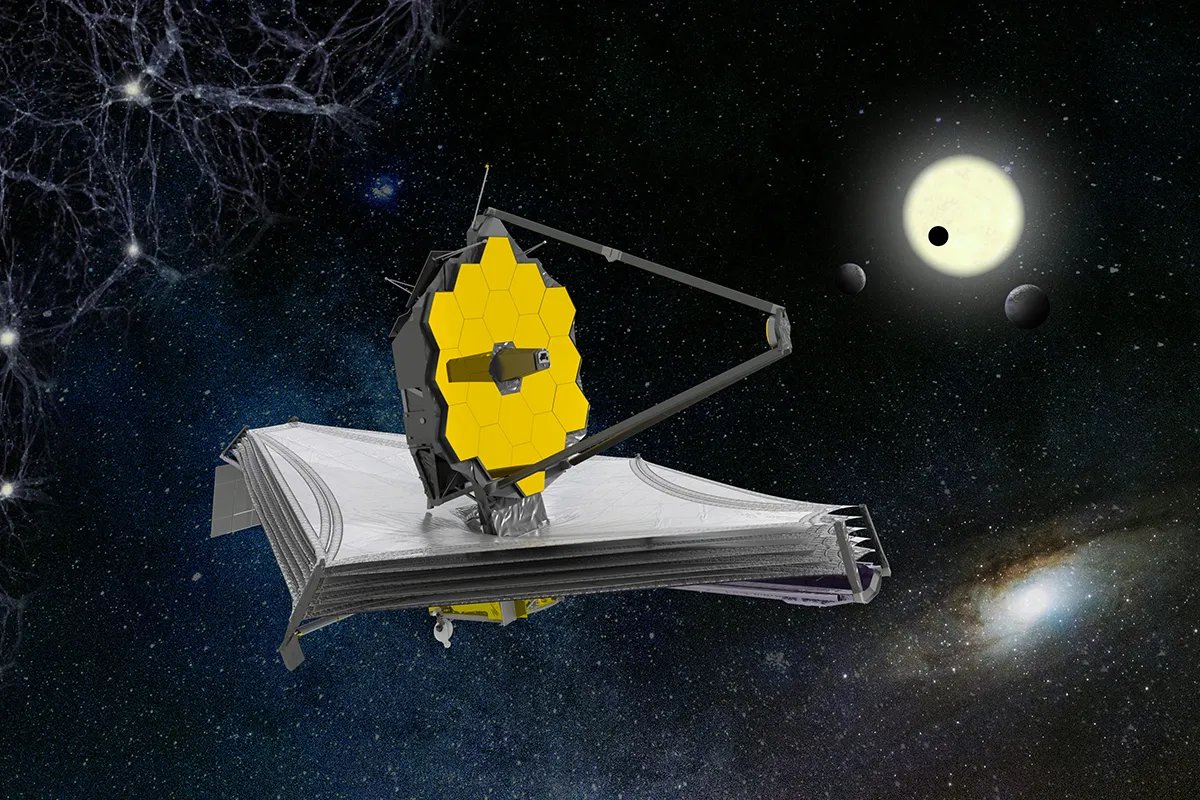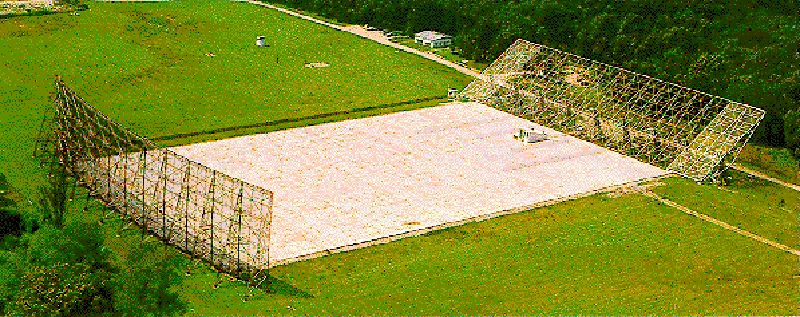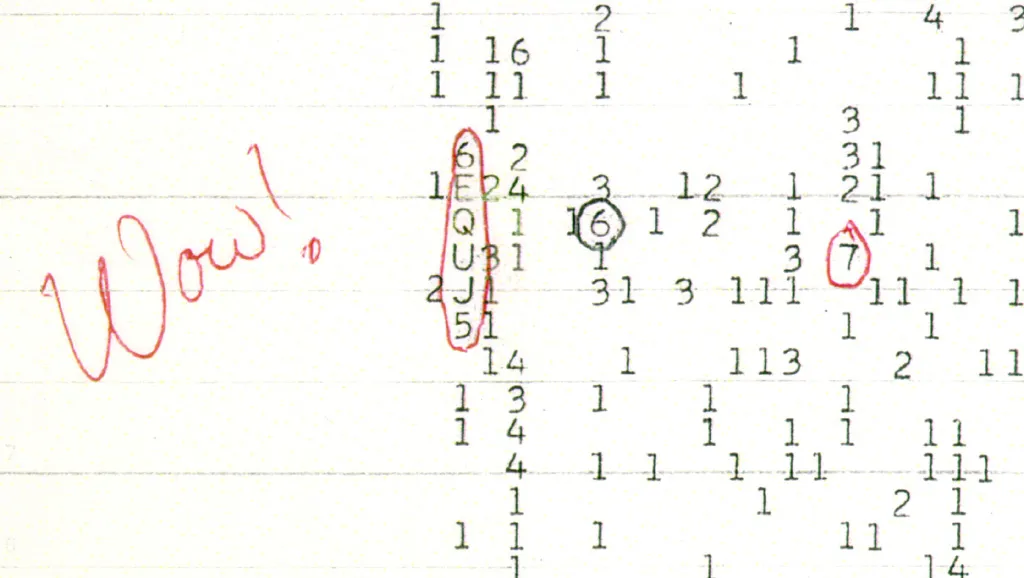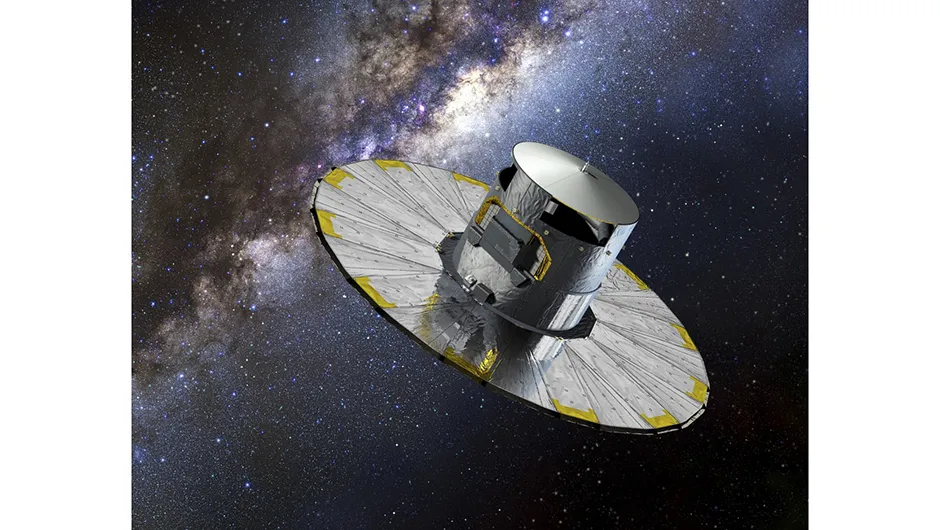If you're interested in the scientific search for extra-terrestrial life in the Universe, chances are you'll have come across the Wow! signal at some point.
The question as to whether we're alone in the Universe is one of the most profound questions in science.
Could life exist somewhere beyond Earth? As we explore both our own Solar System and the wider galaxy, it's becoming apparent that the existence of extra-terrestrial microbial life could be plausible.
Perhaps we might discover some form of microbial life in the subsurface oceans of icy moons like Enceladus or Europa, or maybe the James Webb Space Telescope will detect signs of life in the atmospheres of distant exoplanets.

But what about intelligent life? What about sentient, technologically advanced life? Could that exist somewhere beyond Earth, either now, in the past or in the future?
The Search for Extraterrestrial Intelligence, or SETI, as it is known, dates to the discovery of radiowaves in the late 1800s.
Various searches had been made since then, but to no avail. However, in August 1977 we finally picked up a signal that has since become known as the Wow! signal.
The Wow! signal was very strong, but it lasted just for 72 seconds, and though many have tried over the past 45 years, it has never been found again.
But what was the Wow! signal, where did it come from and why was it so fleeting?
Constructing Big Ear

Radio waves are generated by accelerated particles from natural sources like lightning stars, planets, nebulae, pulsars, quasars or black holes, or by artificial sources here on Earth such as radio and cell phone towers.
Many searches have concentrated on the region of the radio spectrum at wavelength 21.106 cm and frequency 1420.406 Mhz, called the hydrogen line, emitted by accelerated hydrogen atoms, the most common element in the Universe.
In 1956 construction began on the Ohio State University Radio Observatory called 'Big Ear', designed and built by the founder and Director Dr John D. Kraus.
The size of 3 football fields, Big Ear looked more like a car park with wire fences at each end, but was the equivalent to a more traditional dish telescope of 52.5 metres diameter.
The 3-acre bed of concrete was covered in aluminium sheeting.
A flat tilt-able reflector that adjusted for altitude above the horizon picked up the radio signal at one end.
A parabolic reflector at the other end focussed the beam and bounced it across to two feed horns.
The telescope remained stationary, using the rotation of the Earth to scan a narrow circular path across the sky each day.
Each part of the sky was in view for just 72 seconds. Big Ear began surveying the sky in 1963 and in 1973 became the first full time SETI program.
Big Ear and the Wow! signal

Four years later on 15 August 1977 at 02:16 UTC, Big Ear recorded a strong signal originating near M55, the globular cluster in Sagittarius.
It was 30 times louder than the baseline background noise with all the characteristics of an extraterrestrial origin.
Three days later volunteer Jerry Ehman was reviewing the computer printout and circled the six figures 6EQUJ5 and wrote “Wow!” next to it.
6EQUJ5 - the Wow! signal - is not a message or a code, but a record of the intensity of the signal.
Each 10 kHz wide channel is recorded every 12 seconds (10 seconds for collecting the data and 2 seconds for computer processing) and assigned a scaled alphanumerical figure (0 to 0.9 = a blank space on the readout, 1 to 1.9 = 1 etc and from 10 to 10.9 =A, 11 to 11.9 = B etc)
So the signal intensity ranged:
- 6 = 6
- E = 14
- Q = 26
- U = 30
- J = 19
- 5 = 5
The signal intensity increased as it came into view until it peaked at the largest value ever seen, between 30 and 30.9.
That it was narrowband showed it had to come from at least the distance to the Moon, as a nearer object would have produced a wider pattern.
Infuriatingly, only one of the feed horns detected the signal and it was not possible at the time to determine which one.
This made pinpointing the exact location of the signal tricky.
So we have one declination but two close right ascension points of origin for the signal.
Both lie northwest of of M55, 2.5 degrees south of the star cluster Chi Sagittarii and just south of the ecliptic.
Big Ear searched the area for possible sources but found nothing.
The META array tried in late 1980's and in the mid 1990's the Very Large Array also tried but found nothing.
What was the Wow! signal?

Many hypotheses have been suggested for the origin of the Wow! signal. There were no planets, large asteroids or satellites that could have produced the signal in view at the time.
The frequency being near the hydrogen line of 1420 Mhz is prohibited, by international agreement, from all radio transmissions.
So unless it came from some secret military source, it is unlikely to have come from here, or even from near space.
In 2017 a teacher from Florida suggested the signal came from a hydrogen cloud surrounding two comets that were near the location at the time, but neither was in view of the telescope and no such emission has ever been reported from a comet.
In 2020 an amateur astronomer Alberto Caballero used new data from ESA's Gaia space observatory, to search the location for sun-like stars, and came up with the star 2MASS 19281982-2640123, having the same temperature, radius and luminosity as our own Sun as the best candidate for the signal's source.
But unless we pick up the signal again, we may never know the true origin of the Wow! signal.
As Dr Kraus wrote to Carl Sagan: "The Wow! Signal is highly suggestive of extraterrestrial intelligent origin, but little more can be said until it returns for study."

